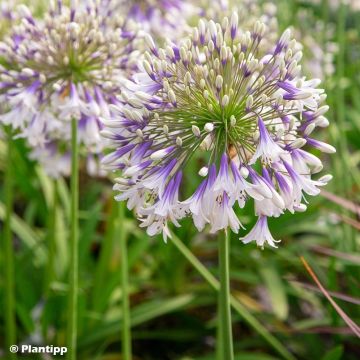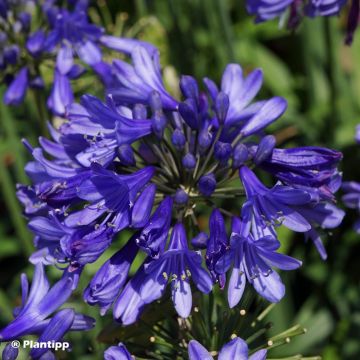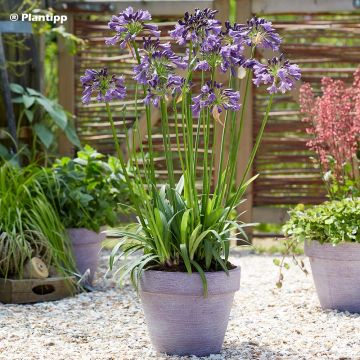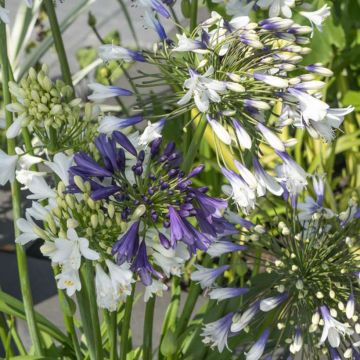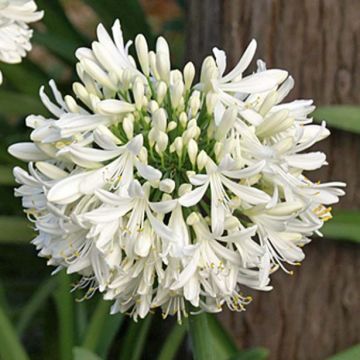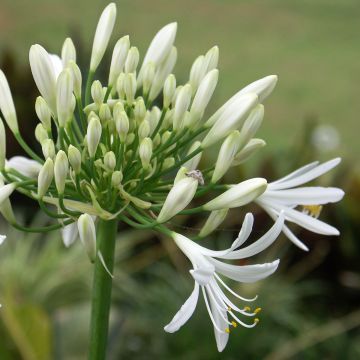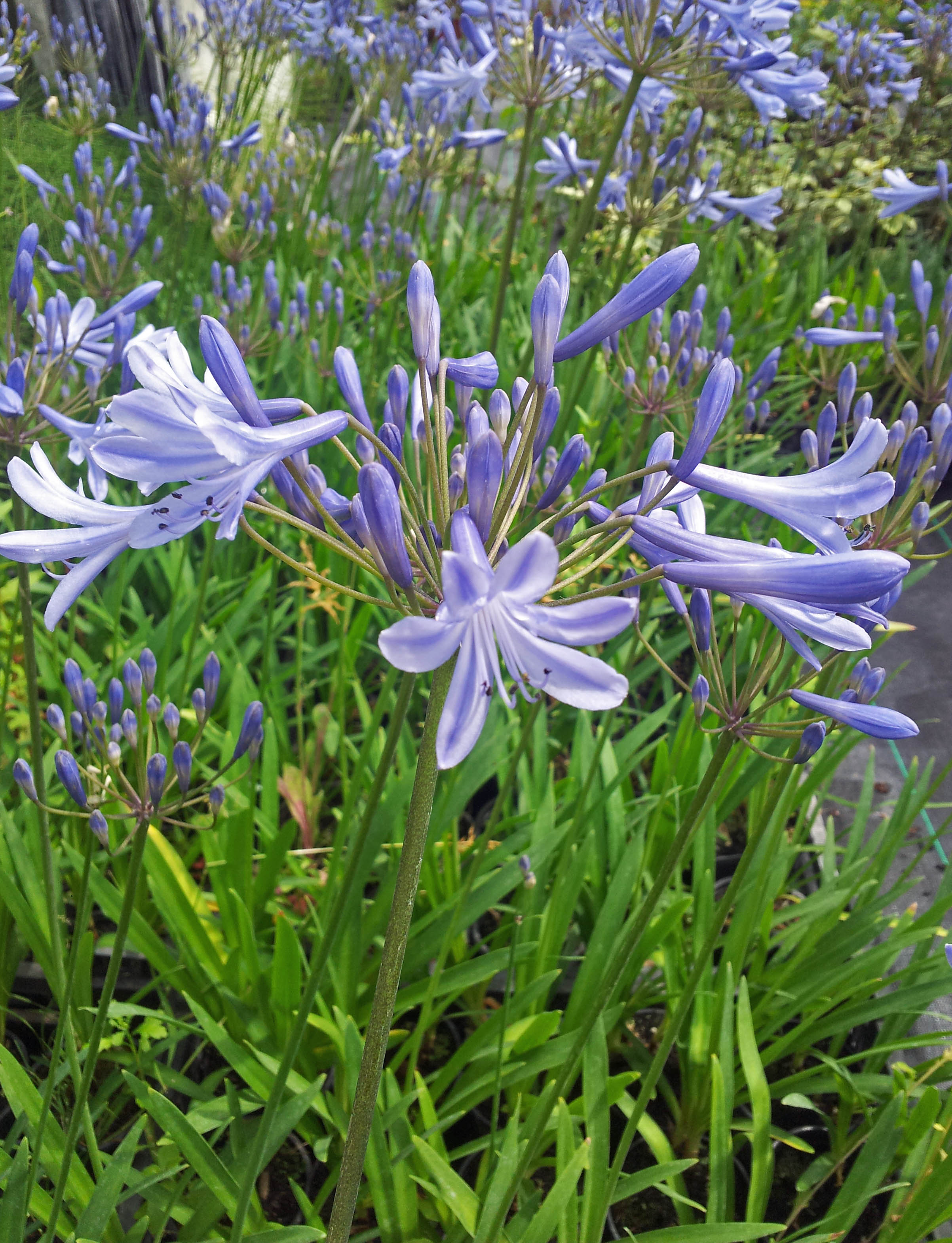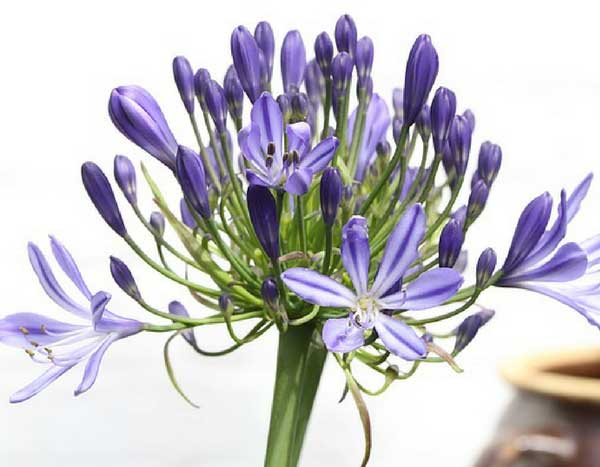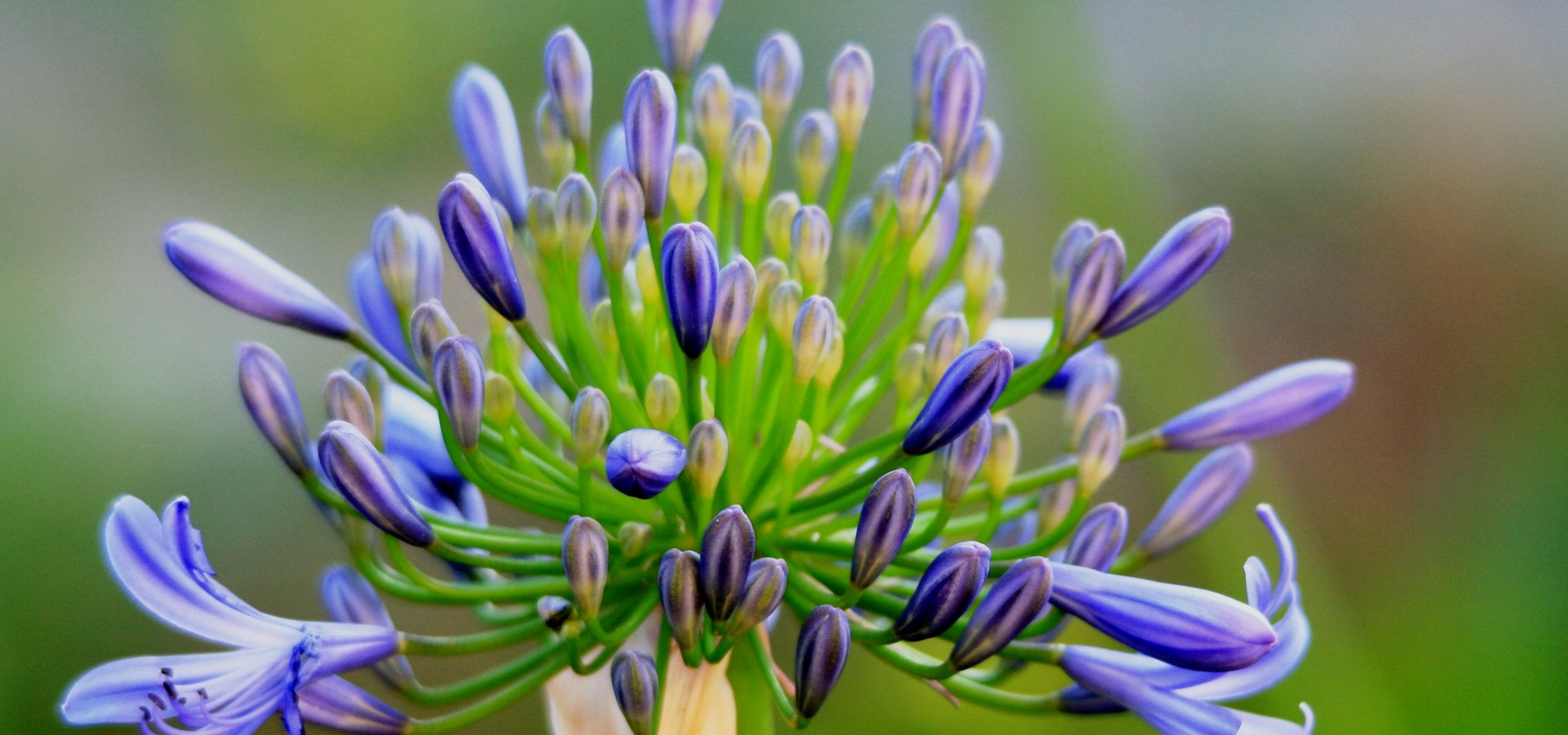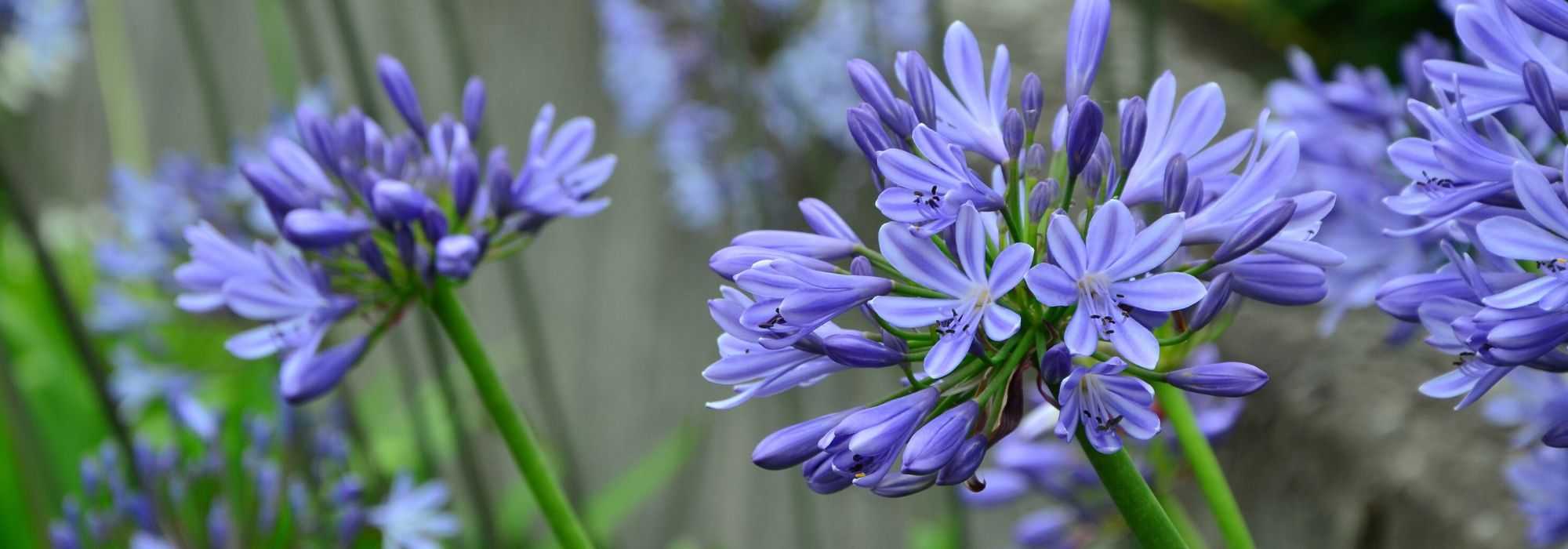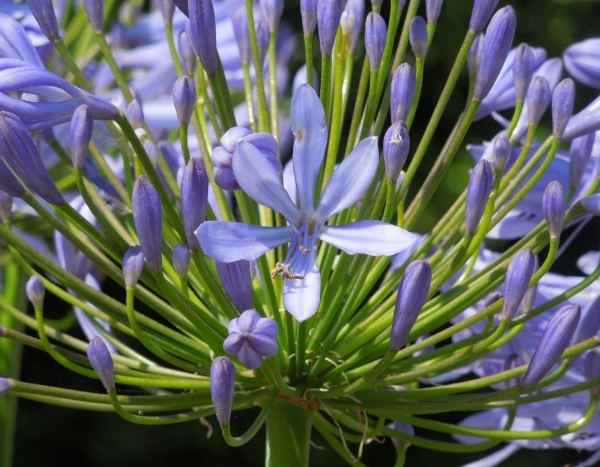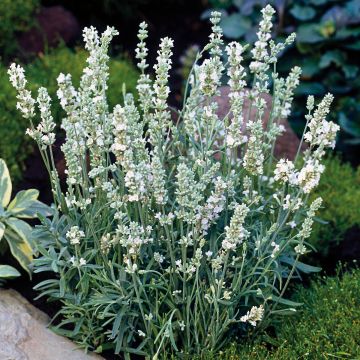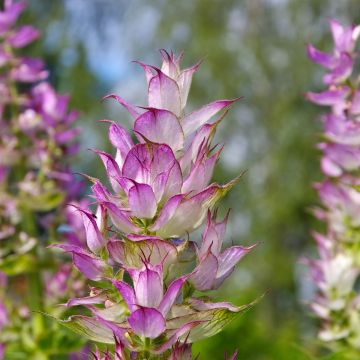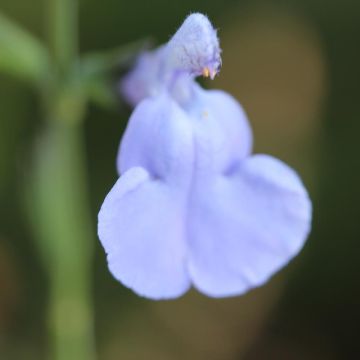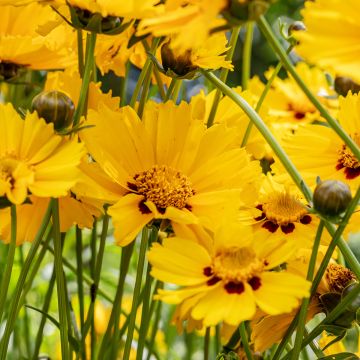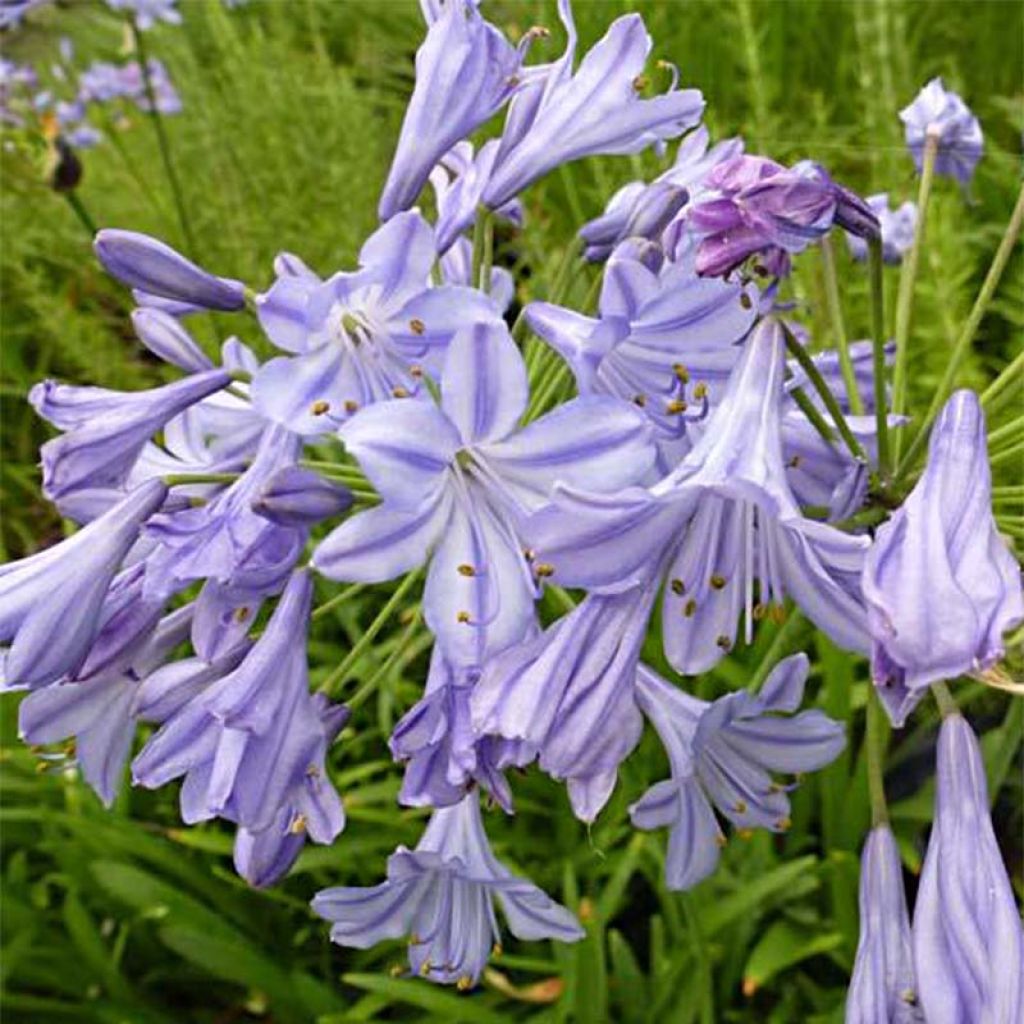

Agapanthus Stars and Stripes
Agapanthus Stars and Stripes
Agapanthus Stars and Stripes
African Lily, Lily of the Nile
Plant arrived in good condition with 4 shoots. No floral bud yet, so we have to wait.
christiane, 25/05/2023
Special offer!
Receive a €20 voucher for any order over €90 (excluding delivery costs, credit notes, and plastic-free options)!
1- Add your favorite plants to your cart.
2- Once you have reached €90, confirm your order (you can even choose the delivery date!).
3- As soon as your order is shipped, you will receive an email containing your voucher code, valid for 3 months (90 days).
Your voucher is unique and can only be used once, for any order with a minimum value of €20, excluding delivery costs.
Can be combined with other current offers, non-divisible and non-refundable.
Home or relay delivery (depending on size and destination)
Schedule delivery date,
and select date in basket
This plant carries a 12 months recovery warranty
More information
We guarantee the quality of our plants for a full growing cycle, and will replace at our expense any plant that fails to recover under normal climatic and planting conditions.

Would this plant suit my garden?
Set up your Plantfit profile →
Description
Agapanthus 'Stars and Stripes' is a medium-sized variety of Agapanthus that stands out with its two tones of bright and well-contrasted blue. Its umbels are composed of particularly large flowers, with light blue petals crossed by a dark blue midline. This moderately hardy evergreen variety produces narrow dark green leaves, ornamental even outside of the flowering period. Ideal in large pots on the terrace, or planted in small groups near high-traffic areas, this collectible plant should be planted in well-drained soil, in full sun, and should never lack water during its growth period.
Agapanthus belong to the lily family and are native to South Africa. The recent hybrid variety 'Stars and Stripes' forms a clump of linear, dark green foliage, about 40-50cm (16-20in) in height and 50cm (20in) in width, which remains very ornamental even in winter. The hemispherical umbels of 30 to 40 large flowers rise above the foliage, carried by stems reaching 80 to 90cm (32 to 35in) in height, which are very sturdy. Flowering takes place between July and September depending on the region. The flower buds unfold into long trumpets of light lavender blue, marked by a dark blue midline. The light blue-mauve stamens are tipped with dark anthers.
This evergreen variety is only slightly hardy (down to about - 8°C). Plant it either in a pot to overwinter and place it on a sunny terrace in summer, or in the ground in mild regions, in a warm and well-drained soil. It is a plant that thrives by the seaside, in an English cottage, and even in a city garden, used as a focal point on a terrace, in an exotic or contemporary style. It pairs well with perennials like daylilies, ornamental garlic, and South African bulbs like Tulbaghia and Crocosmia. Planted in large clumps in front of an evergreen screen, Agapanthus form lush borders along pathways. Cut and placed in a vase, the flowers will bring freshness and a lot of originality to the house.
Agapanthus Stars and Stripes in pictures
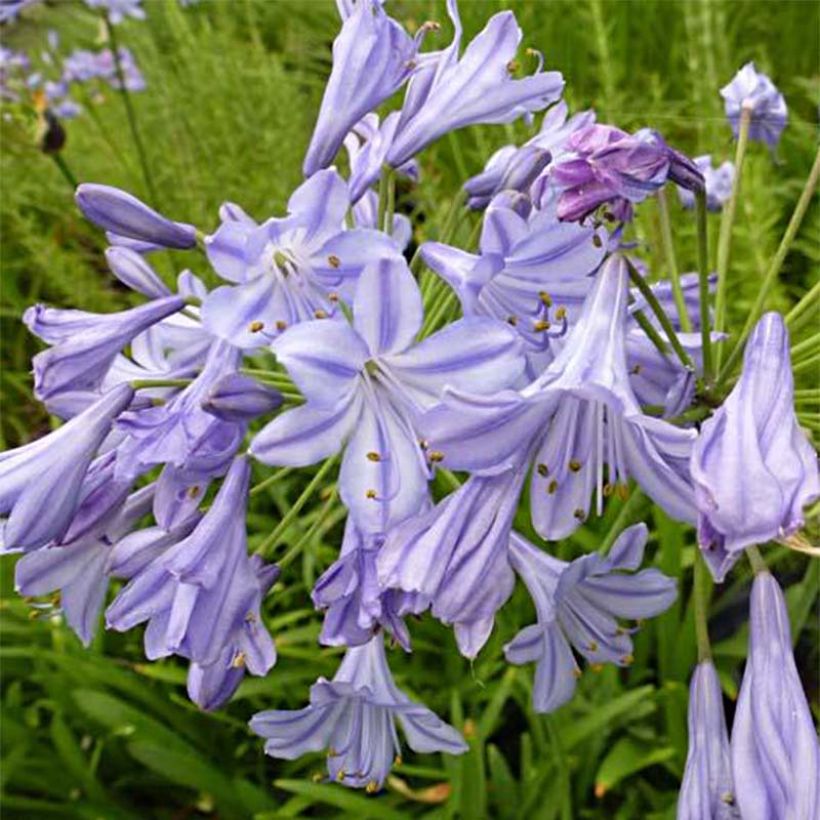

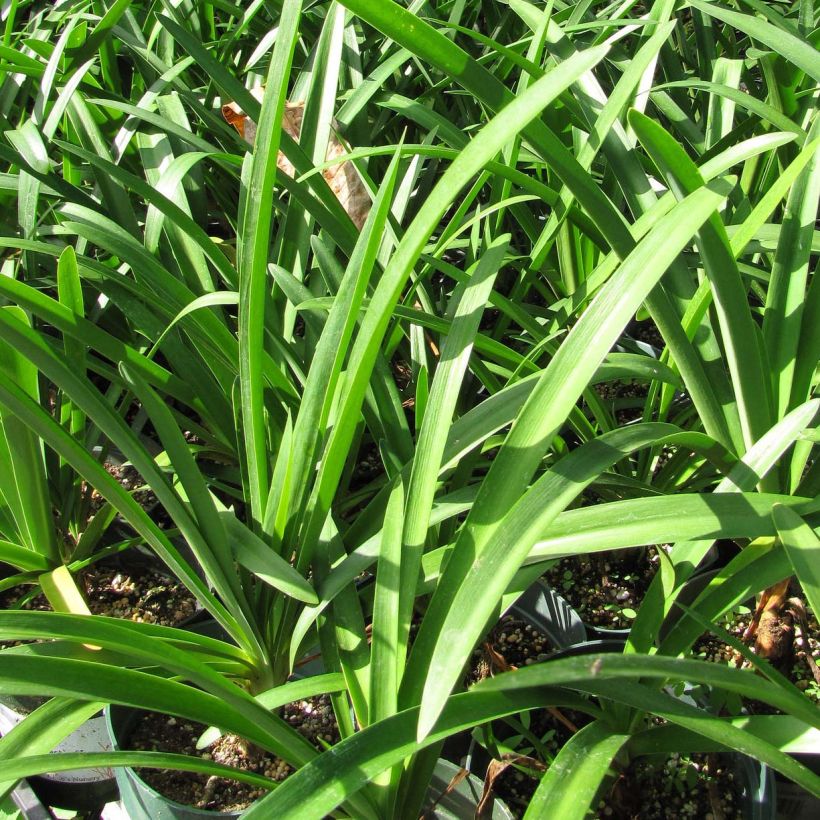

Flowering
Foliage
Plant habit
Botanical data
Agapanthus
Stars and Stripes
Alliaceae - Liliaceae
African Lily, Lily of the Nile
Cultivar or hybrid
Other Agapanthus - Lily of the Nile
View all →Planting and care
The 'Stars and Stripes' Agapanthus is grown in the ground in mild climates, and in pots to be stored elsewhere. Place it in full sun in a hot location, in a protected area facing south. Plant it in a rich and moist but well-drained soil to improve its hardiness. Water Agapanthus regularly during the growth period (twice a week), but not in winter. Mulch the base of the plant with a layer of dead leaves about 20cm (8in) thick, covered with a mesh to prevent wind damage. Snow also provides good protection against excess moisture and cold. In pots, bring the plant indoors to protect it from severe frost, in an unheated room. When planting, place them 10cm (4in) deep in a leaf compost mixture. Once established in the ground, avoid disturbing Agapanthus. Remove faded leaves in autumn. Cut off the spent flower stems to prevent the plant from wasting energy producing seeds.
Planting period
Intended location
Care
Planting & care advice
-
, onOrder confirmed
Reply from on Promesse de fleurs
Similar products
Haven't found what you were looking for?
Hardiness is the lowest winter temperature a plant can endure without suffering serious damage or even dying. However, hardiness is affected by location (a sheltered area, such as a patio), protection (winter cover) and soil type (hardiness is improved by well-drained soil).

Photo Sharing Terms & Conditions
In order to encourage gardeners to interact and share their experiences, Promesse de fleurs offers various media enabling content to be uploaded onto its Site - in particular via the ‘Photo sharing’ module.
The User agrees to refrain from:
- Posting any content that is illegal, prejudicial, insulting, racist, inciteful to hatred, revisionist, contrary to public decency, that infringes on privacy or on the privacy rights of third parties, in particular the publicity rights of persons and goods, intellectual property rights, or the right to privacy.
- Submitting content on behalf of a third party;
- Impersonate the identity of a third party and/or publish any personal information about a third party;
In general, the User undertakes to refrain from any unethical behaviour.
All Content (in particular text, comments, files, images, photos, videos, creative works, etc.), which may be subject to property or intellectual property rights, image or other private rights, shall remain the property of the User, subject to the limited rights granted by the terms of the licence granted by Promesse de fleurs as stated below. Users are at liberty to publish or not to publish such Content on the Site, notably via the ‘Photo Sharing’ facility, and accept that this Content shall be made public and freely accessible, notably on the Internet.
Users further acknowledge, undertake to have ,and guarantee that they hold all necessary rights and permissions to publish such material on the Site, in particular with regard to the legislation in force pertaining to any privacy, property, intellectual property, image, or contractual rights, or rights of any other nature. By publishing such Content on the Site, Users acknowledge accepting full liability as publishers of the Content within the meaning of the law, and grant Promesse de fleurs, free of charge, an inclusive, worldwide licence for the said Content for the entire duration of its publication, including all reproduction, representation, up/downloading, displaying, performing, transmission, and storage rights.
Users also grant permission for their name to be linked to the Content and accept that this link may not always be made available.
By engaging in posting material, Users consent to their Content becoming automatically accessible on the Internet, in particular on other sites and/or blogs and/or web pages of the Promesse de fleurs site, including in particular social pages and the Promesse de fleurs catalogue.
Users may secure the removal of entrusted content free of charge by issuing a simple request via our contact form.
The flowering period indicated on our website applies to countries and regions located in USDA zone 8 (France, the United Kingdom, Ireland, the Netherlands, etc.)
It will vary according to where you live:
- In zones 9 to 10 (Italy, Spain, Greece, etc.), flowering will occur about 2 to 4 weeks earlier.
- In zones 6 to 7 (Germany, Poland, Slovenia, and lower mountainous regions), flowering will be delayed by 2 to 3 weeks.
- In zone 5 (Central Europe, Scandinavia), blooming will be delayed by 3 to 5 weeks.
In temperate climates, pruning of spring-flowering shrubs (forsythia, spireas, etc.) should be done just after flowering.
Pruning of summer-flowering shrubs (Indian Lilac, Perovskia, etc.) can be done in winter or spring.
In cold regions as well as with frost-sensitive plants, avoid pruning too early when severe frosts may still occur.
The planting period indicated on our website applies to countries and regions located in USDA zone 8 (France, United Kingdom, Ireland, Netherlands).
It will vary according to where you live:
- In Mediterranean zones (Marseille, Madrid, Milan, etc.), autumn and winter are the best planting periods.
- In continental zones (Strasbourg, Munich, Vienna, etc.), delay planting by 2 to 3 weeks in spring and bring it forward by 2 to 4 weeks in autumn.
- In mountainous regions (the Alps, Pyrenees, Carpathians, etc.), it is best to plant in late spring (May-June) or late summer (August-September).
The harvesting period indicated on our website applies to countries and regions in USDA zone 8 (France, England, Ireland, the Netherlands).
In colder areas (Scandinavia, Poland, Austria...) fruit and vegetable harvests are likely to be delayed by 3-4 weeks.
In warmer areas (Italy, Spain, Greece, etc.), harvesting will probably take place earlier, depending on weather conditions.
The sowing periods indicated on our website apply to countries and regions within USDA Zone 8 (France, UK, Ireland, Netherlands).
In colder areas (Scandinavia, Poland, Austria...), delay any outdoor sowing by 3-4 weeks, or sow under glass.
In warmer climes (Italy, Spain, Greece, etc.), bring outdoor sowing forward by a few weeks.
































